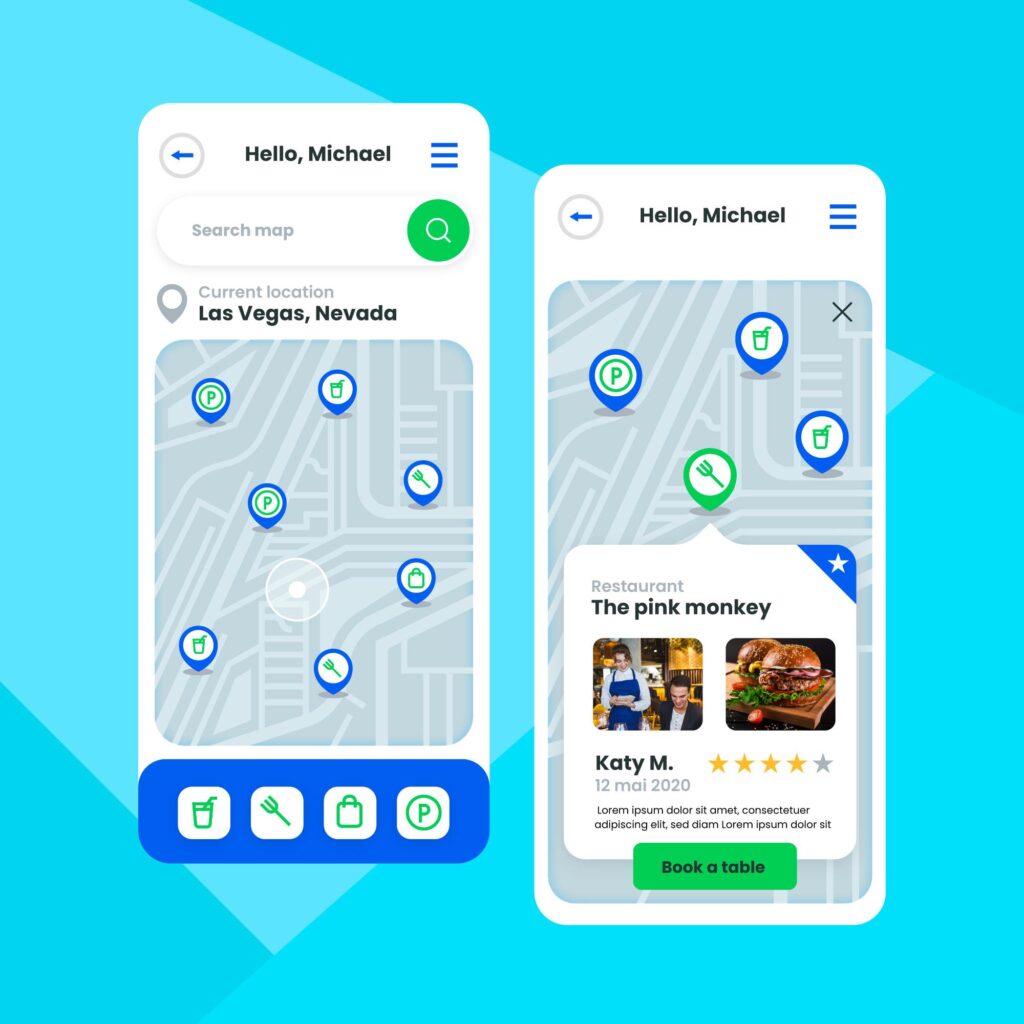POI Data: Everything You Need To Know in 2022
These days, points of interest are a big deal. Local amenities are no longer found by flicking through a phone book. With today’s smartphones, people want to find out what places are nearby, where they are, and how to get there.
What is a points of interest data? How do they work? Where can you find your website or app’s point of interest data? Here’s everything you need to know.
What is a point of interest?
A POIs (points of interest) are specific locations on a map that people might find interesting or valuable. Restaurants, hotels, tourist attractions, or familiar places like gas stations, schools, or parks can qualify. It could be a temporary attraction such as an event, or it could be permanent such as a building or a city.
The geographic coordinates of POIs are typically listed along with additional attributes such as name, category, address, hours of operation, and contact information. Information like this is helpful for applications like navigation systems and digital maps. You can connect your website or app to this data to add location information.
Types of POIs
-Stadia & Arenas
-School, church, and distinctive buildings
-Restaurants and cafes
-Shops & malls
-Cameras & car parks
-Tourist attractions
Point of interest data – common applications
Businesses and individuals use POIs every day for a variety of reasons. Mobile device users rely on POIs to navigate their environment and find amenities and services nearby. Data from points of interest can be used to deliver services, gain valuable market insights, and make better data-driven decisions. Point of interest data is commonly used for:
Google Maps: Users can find nearby services and amenities such as gas stations, hotels, restaurants, cafes, supermarkets, ATMs, and more.
Developers and users of mobile devices can use POI data to create location-aware apps that provide up-to-date and accurate location information. A mobile app lets users find traffic routes, local landmarks, nearby restaurants, and much more.

Image by Freepik
Location-based marketing: Marketers and advertisers use point of interest data for geofencing and geotargeting to reach relevant audiences. With data like this, behavioral insights can be gained, audience profiles and segments built, and ads can be delivered to users near a point of interest.
Food and parcel delivery: Deliveries and workforce efficiency rely on accurate point of interest data. With accurate POI data, delivery applications can calculate delivery times, map regions, identify efficient routes, and gain a competitive edge.

Image by Freepik
Logistics and transportation: E-commerce stores, postal services, fleet, and freight businesses can use POI data to optimize routes, improve operations, and save money and time. Using POI data, applications such as cab hailing or transport ticketing can also be built.
Retail: POI data can be used with mobile location data to help retailers drive sales and provide better customer service. The data can optimize marketing, analyze competitors, locate new stores, and plan for expansions.
Real estate: Location is paramount. Locations are analyzed using POI datasets. The site also provides valuable insights about the local area for those looking to buy or rent a property.
Financial services, insurance, and telecom: Point of interest data can be used across a city or region for planning, assessment, and improvement. Telecom companies can use it to assess coverage needs and plan expansion.
Public sector: POI data provides insights about public facilities and infrastructure in an area, enabling local authorities and governments to optimize services and plan urban development.
Point of interest data enriches decision-making and spatial analytics in various industries.
Cover Image by Freepik












